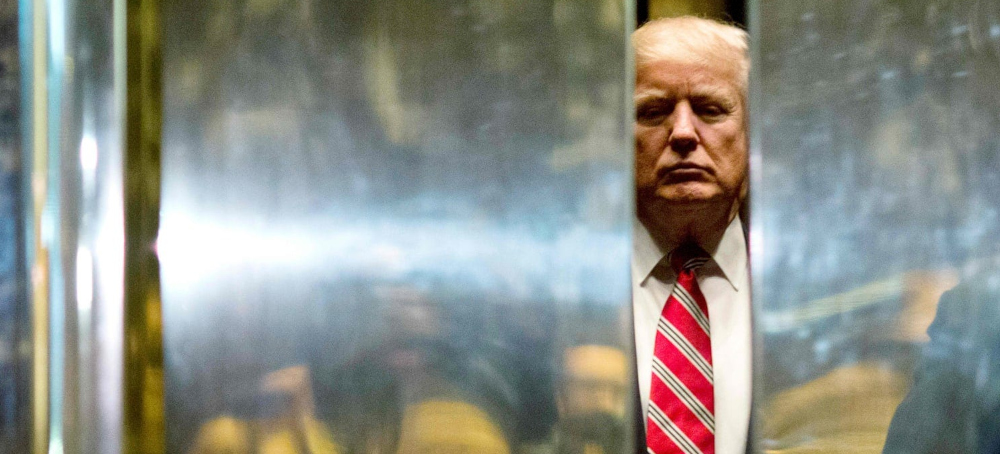
On what grounds did the Court rule? No one knows.
The one-paragraph, unsigned order on Monday offered no reasoning. No explanation. No precedent. Once upon a time, unexplained orders granting relief were a rarity. According to astute court-watcher Steve Vladeck, Monday’s ruling is the Court’s seventh such order—all favoring the government—in the last ten weeks.
This has to stop.
On the merits, I’m probably more sympathetic than most constitutional law professors to the administration’s mass layoffs. While civil service statutes create almost impenetrable protections when an individual federal employee is fired, large-scale “reductions in force” are permitted. Some think that’s a crazy state of affairs—how can firing one person be harder than firing thousands?—but that’s the law.
Does the court agree with me? Maybe. But we don’t know, because the court’s order said nothing about whether the justices thought the firings were lawful. It didn’t say whether the court thought the plaintiffs lacked standing. It didn’t say whether the lower court had jurisdiction. It didn’t say anything at all.
That’s not law. That’s just an exercise of power.
The mission of courts is to say what the law is, and the mission of law is to apply power through reason and rule—to decide not by fiat, but by logic and principle and precedent and text. That’s why courts issue opinions, not just orders. That’s the difference between the law’s power and raw power.
An unexplained, unreasoned Supreme Court order cannot claim the mantle of law. It must be obeyed, but it deserves no respect.
Why would the Court issue such an order? In 2024, Justice Brett Kavanaugh argued in a concurrence that the Court should be cautious about writing an opinion when deciding emergency cases, because the Court has to decide quickly and may be mistaken. Therefore it should avoid a formal opinion, which could have an unjustified “lock-in” effect on lower courts. So one possibility is that the majority all agreed that the DOE firings were lawful, but they didn’t want to tip their hand and “lock in” that ruling.
That seems unlikely to me. If the majority all agreed on the merits, I suspect they would have said so. Here’s another possibility.
Imagine that two justices thought the DOE firings were lawful (but seven justices did not). Meanwhile, two other justices thought the plaintiffs lacked standing (but seven justices did not). And two more justices thought the lower court lacked jurisdiction (but seven justices did not). That creates a quandary.
On each of those legal points, taken one at a time, a strong majority of seven justices favors the plaintiffs. In other words, seven justices believe the plaintiffs had standing, seven believe the lower court had jurisdiction, and seven believe the DOE firings were unlawful. Seems like the plaintiffs should win 7–2, right?
Wrong. That’s not how the Supreme Court, or any multi-judge court, comes to its ultimate decision. Instead, each justice casts a vote either for the plaintiff or the defendant (in this case, the defendant is the government), and in the scenario I just described, a majority of the Court—six justices—would vote in favor of the government. That’s because each of those six agrees with the government on one of its core arguments.
So the administration wins, 6–3. Those six justices don’t agree on why the government should win, but still the government wins.
In that scenario, no legal opinion for the Court can be written. No rationale is supported by a majority. There’s no law in such a case. There is only a judgment—a winner and a loser.
Maybe something like that happened here. But even if so, the justices on the government’s side owed the country an explanation.
In this case, the three liberal justices—Sonia Sotomayor, joined by Elena Kagan and Ketanji Brown Jackson—issued a strident, 19-page dissent. They argued in part that Trump had overstepped his authority in trying to dismantle an agency created by congressional statute. They also argued that the government would not suffer irreparable harm if the injunction were allowed to stand, while the fired employees would. So at least we know the dissenters’ arguments, their reasoning, and where they stand. The same cannot be said of the Court’s conservative majority.
Split decisions with no majority are not all that uncommon on the Supreme Court. But when they occur, the justices invariably write opinions, often several different opinions, some concurring in the judgment, some dissenting. There is no opinion for the Court itself, because no opinion commands a majority. But at least there are opinions.
In such cases the justices discharge their fundamental obligation to give reasons and arguments, to cite text and precedent. Each justice takes responsibility for his or her legal position. The parties, the lower courts, and the entire country can see what the disputed issues were, what the justices agreed on, what they disagreed on, and whether the justices in the majority had satisfactory answers to those in dissent.
Whatever divisions existed or didn’t exist in Monday’s ruling, the justices in the majority failed to discharge this fundamental obligation. They didn’t explain, they didn’t take responsibility, and they gave no reasons.
When this is done on an emergency basis to reverse a lower court and let the administration go forward with a controversial policy, the country is badly served. The justices on the government’s side owed the country much more and much better. They owed the country law, not a display of their own power.
 |
| When Donnie says "Jump," this sextet says "How High, Massuh." |


No comments:
Post a Comment